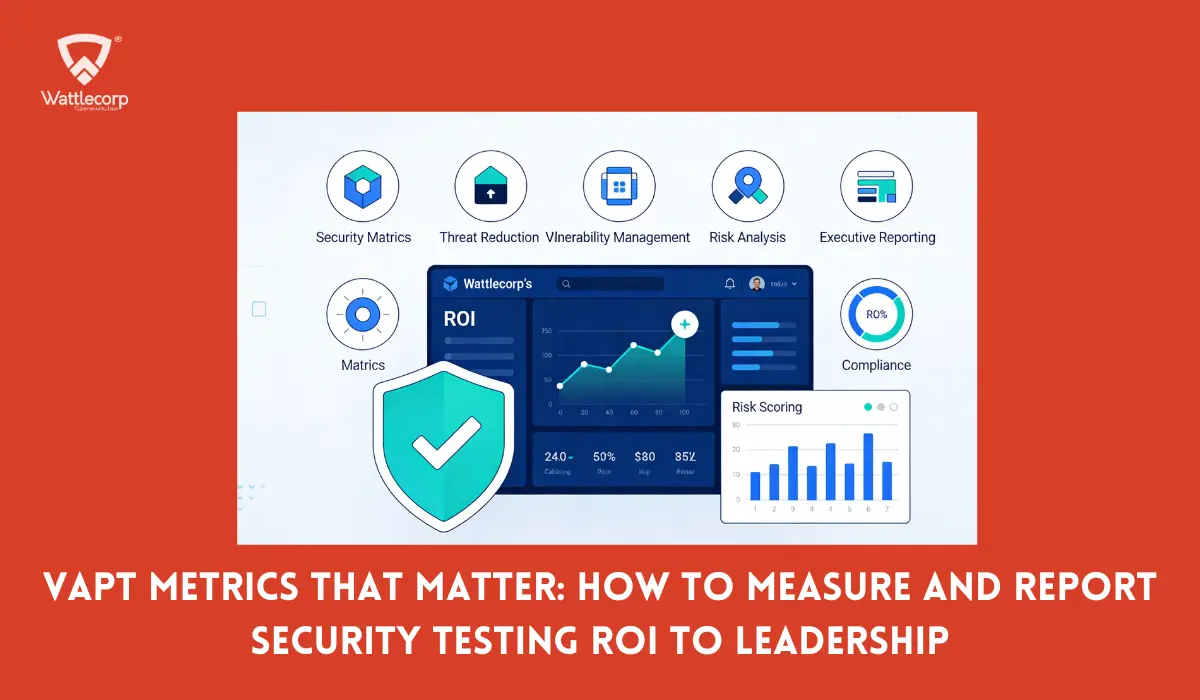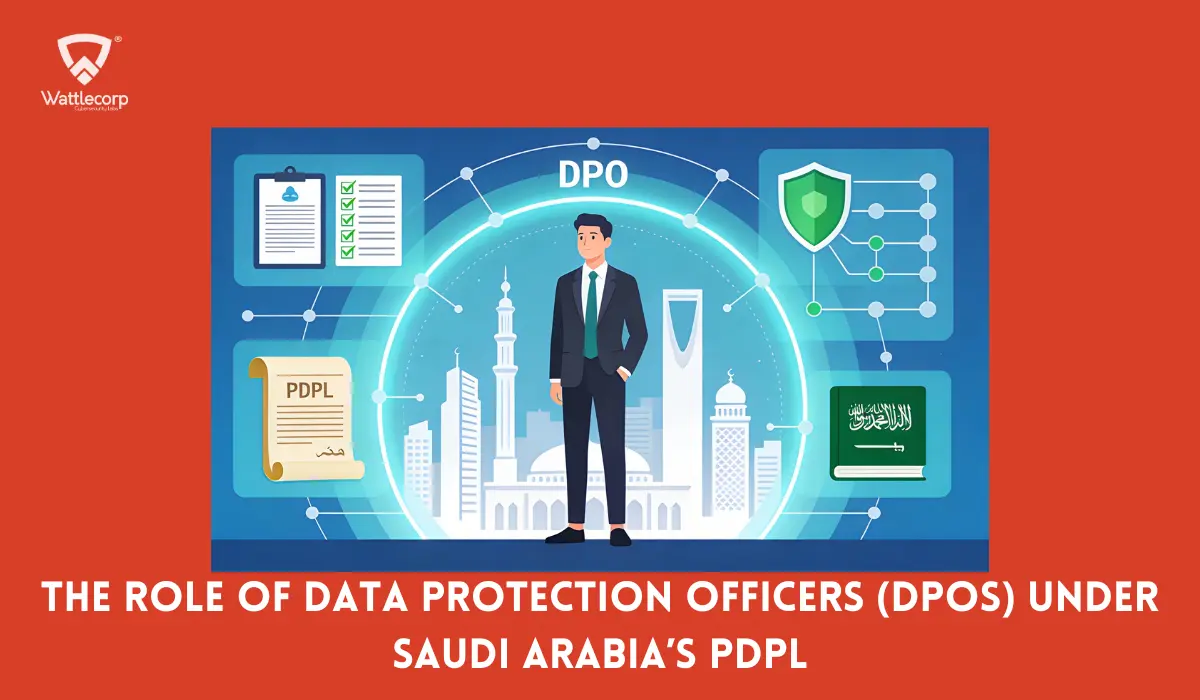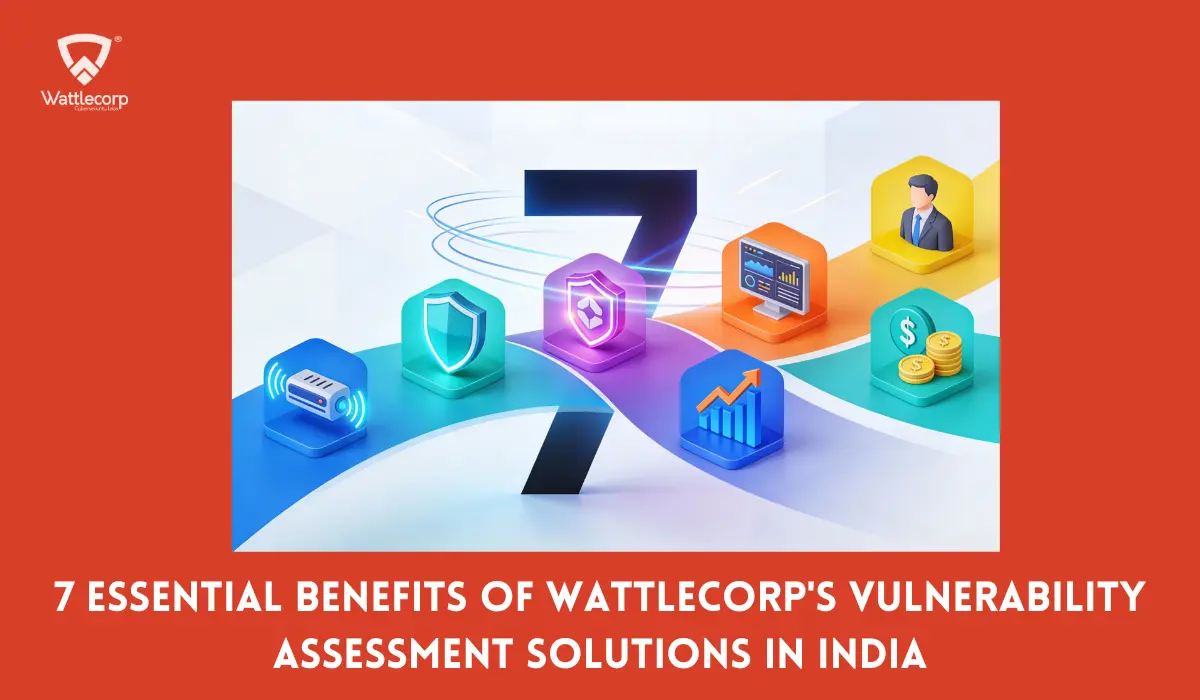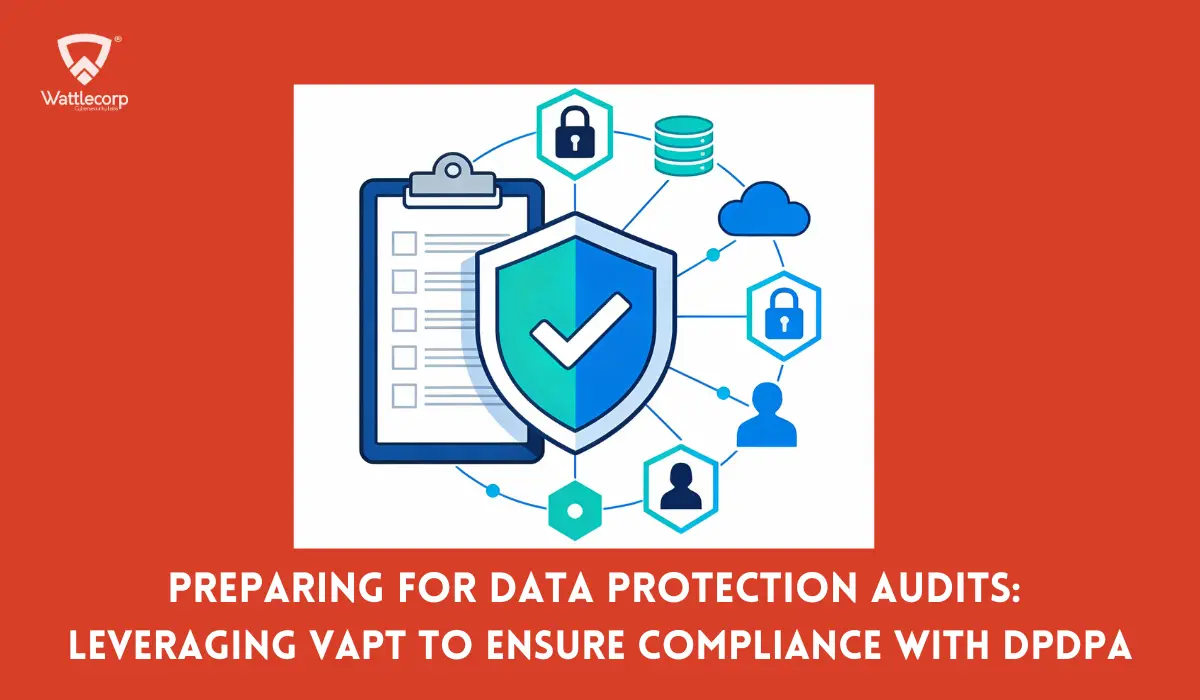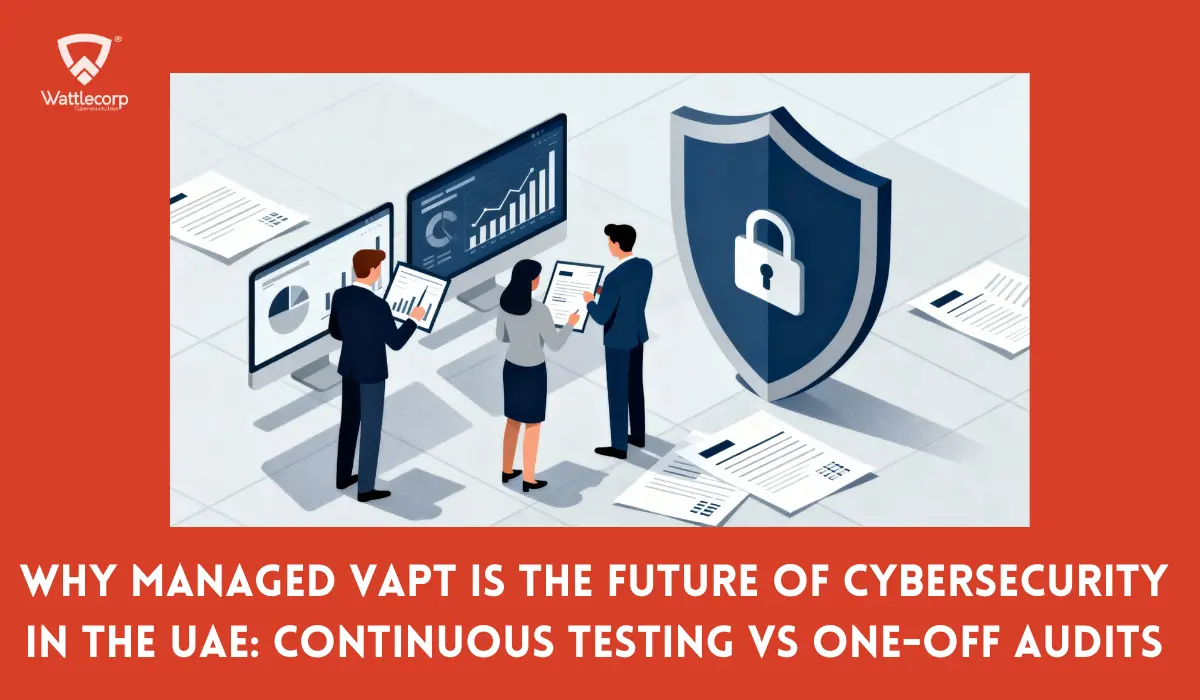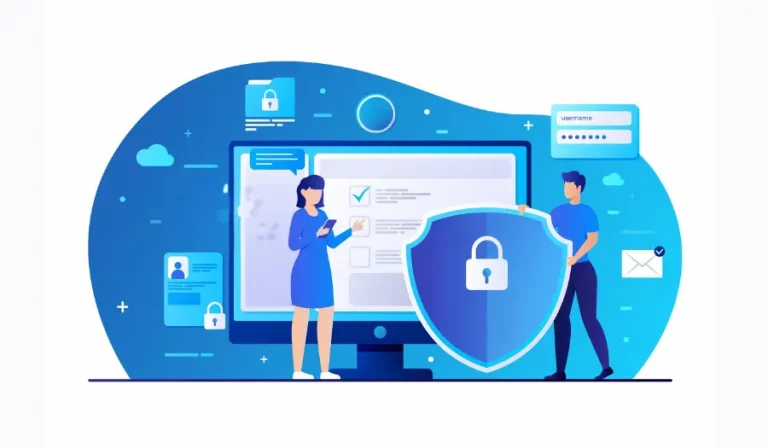SaaS companies continue to scale and embrace cloud-native applications given the difficult and time-consuming processes involved in building SaaS. In your efforts to make SaaS development easy, you should not overlook the vital security aspects. However, bear in mind that managing security for your cloud-native applications is no easy task. And when new security challenges emerge, it becomes more difficult, especially when you want to achieve scalability and flexibility in your cloud-native architectures.
For SaaS companies with limited resources, imagine their plight when securing their cloud-native applications. It’s almost like an uphill battle. Thankfully however, Wattlecorp has realised that robust cloud security doesn’t always require large teams or extensive budgets. In this blog, we’ll explore how SaaS companies can secure cloud-native SaaS applications effectively with minimal resources. We draw on our expertise and practical approaches when delivering strong protection.
Table of Contents
ToggleThe Security Challenges SaaS Companies Face in Cloud-Native Environments
Cloud resources, such as scalability and elasticity are the prime benefits that drive cloud-native applications development and design. Also, from cloud computing to availing microservices and from containerisation to dynamic scaling, cloud-native applications can help you achieve resilience within the cloud environment. We should not dismiss the unique security challenges that lie inherent to cloud environments. This is despite noting the multiple advantages and features that come with leveraging cloud environments – innovation and efficiency being some of them.
Wattlecorp has derived a first-hand view of how organisations often struggle with securing cloud environments, which are due to:
- The complexity of cloud-native architectures
- Rapid development cycles and continuous delivery
- Limited in-house security expertise
- Resource constraints that limit security investment
To address these challenges, SaaS companies must adopt a security-first approach that also focuses on scalability, automation, and cost-effectiveness. The goal is to secure cloud-native SaaS applications while optimising resource use, a challenge we’ve helped many organisations tackle. How Wattlecorp Helps SaaS Companies Secure Cloud-Native Applications with Minimal Resources
As Wattlecorp’s cybersecurity professionals, we’ve acquired expertise in helping SaaS companies build resilient security frameworks for their cloud-native applications. We applied the below strategies and methodologies to help SaaS companies achieve robust security without overextending their resources.
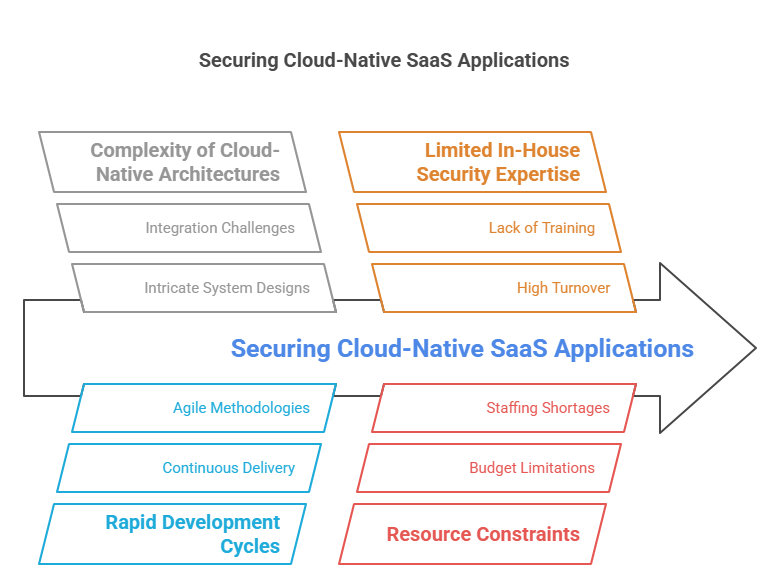
1. Automation as the Cornerstone of Cloud-Native Security
Securing cloud-native applications faces one of the biggest challenges, that being sheer volume and pace of changes. Automation as an approach stands at the centrestage of cloud-native security for us. This is given our knowledge and understanding that traditional or manual security processes cannot keep pace with the rapid release cycles of modern SaaS environments.
By automating cloud application security tasks, SaaS companies can:
- Continuously monitor applications for vulnerabilities
- Automatically patch known flaws
- Deploy security configurations at scale without human intervention
It would also be wise if you consider leveraging advanced automation tools that appropriately and effectively sync with the aforementioned methods. Tools, such as Security Information and Event Management (SIEM), cloud-native intrusion detection systems (IDS), and automated vulnerability scanners are some of those that can help detect and address real-time threats. Note that the aforementioned automation tools are meant to secure cloud-native SaaS applications 24/7 without requiring a large security team.
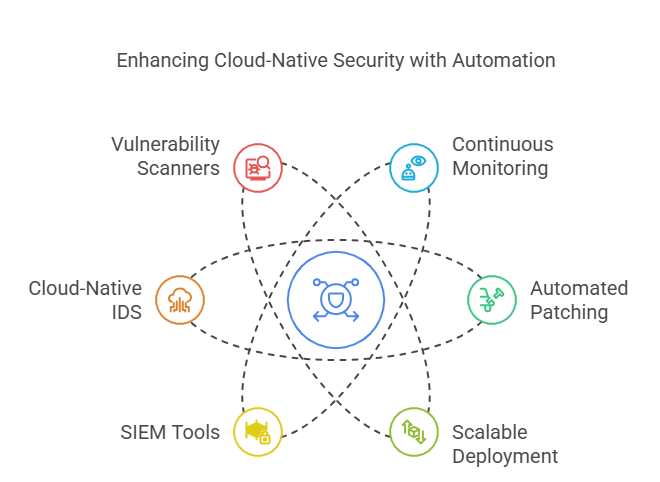
2. Leverage Cloud Provider Security Features
Some SaaS companies cannot afford bulky resources. However, with most cloud providers offering a suite of security features, these will suffice for the SaaS companies in building strong defenses without significant resource investment. The technologies that come with cloud security features work unanimously to safeguard applications and data from every type and extent of cyber threats and attacks. Taking full advantage of the below-mentioned built-in tools also offers foundational security layers, which are both cost-effective and powerful.
- For deriving built-in security monitoring and alerts, consider AWS Security Hub, Azure Security Center, and Google Cloud Security Command Center .
- Implement IAM (Identity and Access Management) for preventing unauthorised access to critical resources..
Encryption (both at rest and in transit) available by default with most cloud services helps guarantee sensitive data protection by adding a crucial layer of security to it. By integrating these tools into the development lifecycle, SaaS companies can achieve significant cloud-native application security without needing to invest in separate security products.
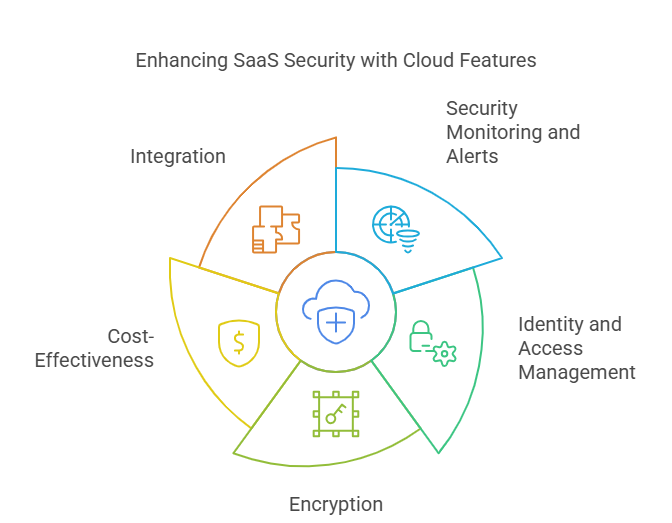
3. Adopting a Zero Trust Security Model
Wattlecorp suggests adopting a Zero-Trust security model to secure your cloud-native applications. SaaS companies with limited resources can very well utilise the zero-trust to prevent unauthorised access.The Zero Trust model assumes no device, user, or application to be trusted by default – both inside and outside the network. It requires a thorough check of every access request before being granted permission.
Also Read: Server Hardening: The Backbone of SaaS Security
- Zero Trust principles help SaaS companies with:
- Authenticating and authorising users on a continuous, real-time basis.
- Minimising the risk of insider threats.
- Adopting the least privilege principle when providing access to necessary resources.
Implementing Zero-Trust security doesn’t mean utilising massive resources. It’s essentially about designing your cloud application with security at the core. We assist our clients in adopting and scaling Zero-Trust models effectively and without the need for major investments in new tools or infrastructure.
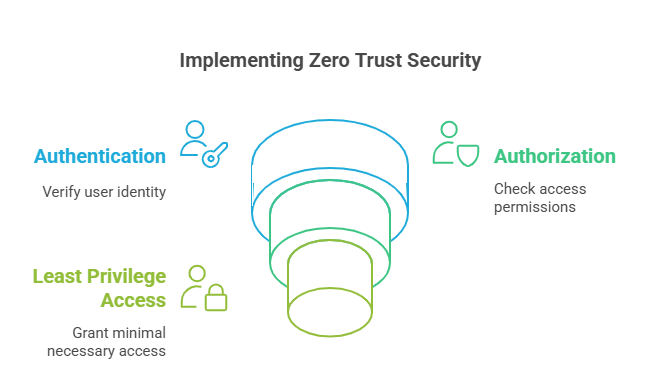
4. Scalable, Cost-Effective Vulnerability Management
Vulnerability management when carried out efficiently paves the way to effectively securing cloud-native applications. However, SaaS companies face considerable challenges when identifying and fixing vulnerabilities quickly. And when you employ extensive resources for manual oversight, the problem becomes multifold.
We guide SaaS companies in establishing a scalable automated vulnerability management system, which comprises:
- Automated Scanning: Running automated tools for routinely analysing software codebases, cloud configurations, and third-party services to detect vulnerabilities.
- Patch Management: Integrating a vulnerability scanning tool into the delivery pipeline to automatically identify security flaws.
- Risk-Based Prioritisation: Focus on the vulnerabilities that pose the highest risk to your business, enabling resource-efficient patching.
Automated scanning and patch management systems can help SaaS companies to steer clear of known and emerging security threats. Automated scanning for cloud-native SaaS applications besides reducing manual workload to enhance your security posture, also helps minimise response times there.
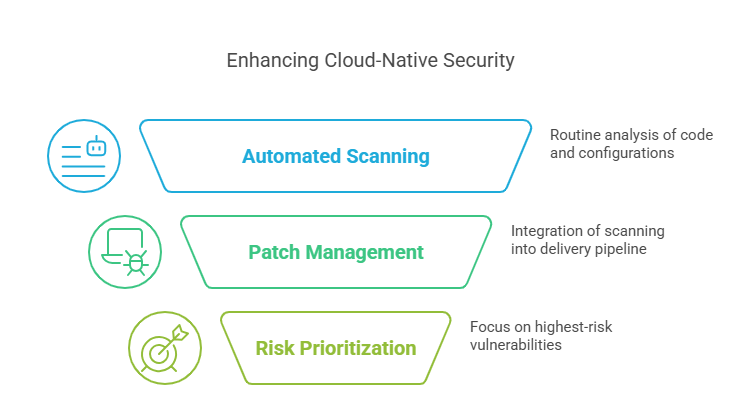
5. Strong Data Protection & Privacy Practices
The large amounts of sensitive user data that cloud-native SaaS applications process make it critical to integrate robust encryption mechanisms. At the same time, maintaining compliance with regulations will help SaaS companies to add an extra layer of security to critical customer information. The cost-effective security that Wattlecorp focuses on when securing your data guarantees no breaking the bank.
Also Read : Why Your SaaS Business Needs an Annual Security Program
We help SaaS companies secure cloud-native applications through the following measures:
- Encrypting Data: Utilising cloud-native provider encryption tools to protect sensitive data both in transit and at rest.
- Establishing Tight Access Controls: To ensure that only authorised individuals can access sensitive data through strong role-based access controls (RBAC).
- Compliance Automation: Using cloud-native tools that automatically monitor and enforce compliance with regulations like GDPR or HIPAA.
These data protection measures are critical for SaaS companies that want to meet security and compliance standards without investing heavily in custom security tools.
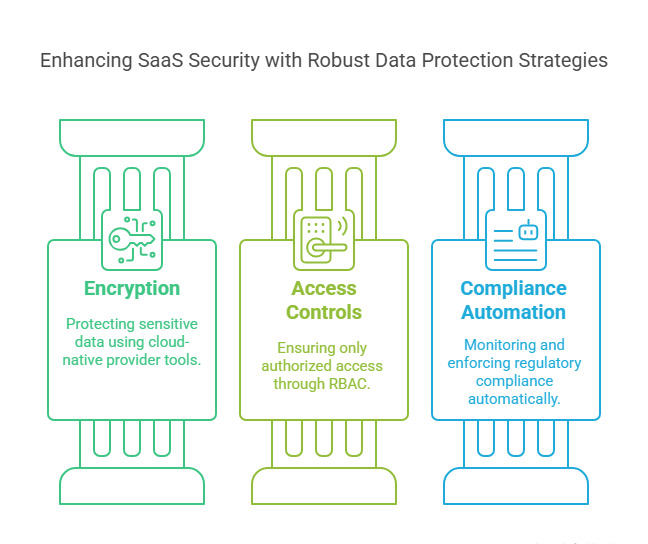
The large volumes of sensitive information that SaaS platforms handle make them attractive targets for cyber attackers. Enforcing robust security for cloud-native SaaS applications in the modern digital environment has thus become a matter of necessity rather than best practice. Thanks to the emergence of modern cloud ecosystems for swiping away the notion that securing cloud-native environments demands heavy investment in time and resources. While offering a suite of native security features, these modern cloud ecosystems make it possible to implement effective protection without significant overhead.
Built-in agility that aligns with compliance frameworks is one of the standout benefits that cloud-native SaaS platforms offer. Meeting industry and regulatory standards on effective grounds become easy therein. We at Wattlecorp are specialised in securing your cloud-native applications with resource-efficient cloud-app security solutions. The comprehensive set of cloud security services we have at our disposal allows us to channelise our security efforts to applications that specifically require threat protection.
If you own a SaaS business, it would be worth it if you could allow us to demonstrate our capabilities in securing your cloud-native applications.
So, are you ready?
Drop your concerns and our VAPT experts will get back to you shortly to help ensure SaaS cloud-native app security for you with minimal resource utilisation guaranteed. Be rest assured that our resource-efficient cloud app security is bound to offer you the protection that your business needs. Prioritise Your Cloud-Native SaaS Application Security without exhausting your resources! Schedule an appointment and protect your cloud-native applications from possible vulnerabilities and threats..
Cloud-Native Applications FAQs
1. How can SaaS companies get started with improving their cloud-native application security?
Leveraging external expertise is prime to improving your cloud-native application security.
Find one who is adept in Cloud Security Service provision to effectively prevent cloud data breaches.
2. How can SaaS companies implement a Zero-Trust model with limited resources?
If you are a SaaS company and wish to implement a zero-trust model with limited resources, you should consider the following key security approaches:
– Identifying critical assets
– Strong Identity and Access Management
– Network segmentation
– Cloud-Security Solutions
– Continuous monitoring and validation
3. What are the main security challenges SaaS companies face with cloud-native applications?
The main security challenges that you may face as a cloud-native application provider include:
Misconfigurations and cloud vulnerabilities
– Data security and privacy risks
– Rapid development cycles;
– Limited in-house security expertise.
– Complexities in Identity and Access Management.

